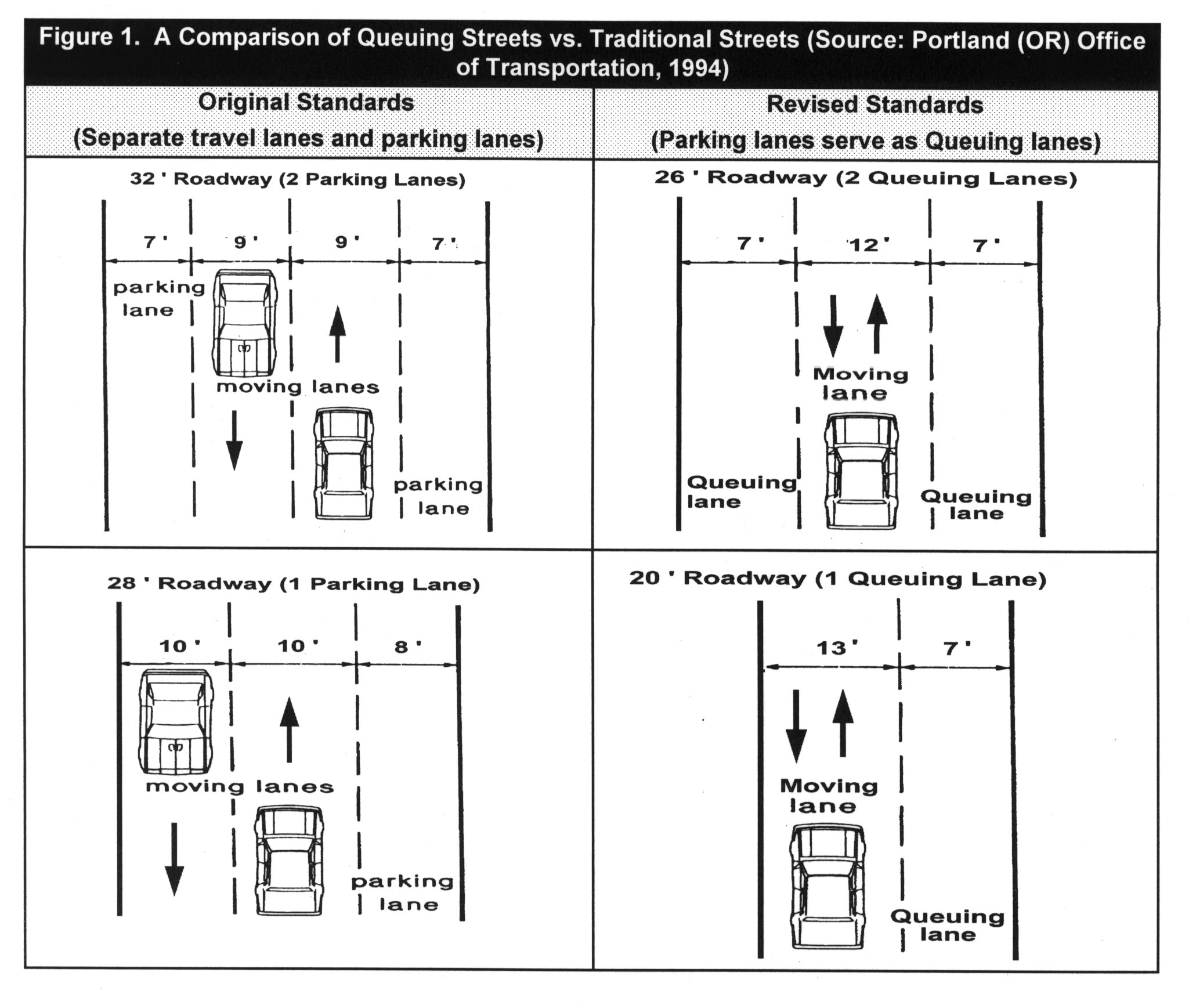

Who doesn't love Sawtelle? With its great food, izakayas, and hipster J-pop boutiques, it's a favorite among Westsiders who don't want to schlep all the way to Little Tokyo downtown. It's still a bit wide, however--just wide enough to invite just slightly too much traffic and its associated parking hassles. Narrowing the street (and even better, providing real public transportation options to get there and beyond) would let Sawtelle turn its focus away from cars and onto fostering what it now still lacks: real street life, with sidewalk vendors, outdoor cafés, and impromptu public events. This freshly-narrowed Sawtelle would feel less like the suburban throughway it currently is and more like an outdoor gathering space--perfect for enough goodies like bon odori parades + tofu festivals to give downtown a run for its money. See it narrowed!
Diptych prints available

























 Sharrows, street markings that encourage car people to share the road with bicycle people, have grown from a DIY form of
Sharrows, street markings that encourage car people to share the road with bicycle people, have grown from a DIY form of 
























